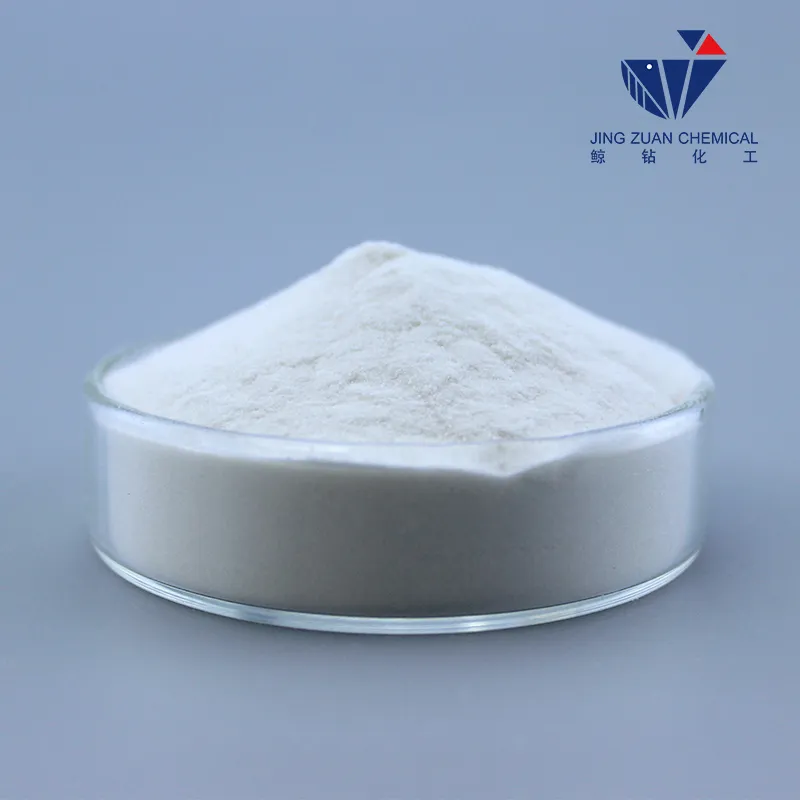
Oct . 08, 2024 07:49 Back to list
Innovative Applications of Redispersible Polymer Powders in Construction and Coatings Industries
The Importance of Redispersible Polymer Powder in Modern Construction
Redispersible polymer powders (RDPs) have become increasingly essential in the construction industry due to their diverse applications and significant advantages. These finely powdered polymers are designed to be redispersed in water, forming a stable latex that can enhance various building materials. Their utilization spans across adhesives, sealants, tile adhesives, and various construction mortars.
One of the primary benefits of using RDPs in construction materials is their ability to improve flexibility and adhesion. When RDPs are incorporated into cement-based products, they provide superior bonding strength, allowing for better adherence to various substrates. This is particularly important in applications where building materials need to be applied to surfaces with different coefficients of thermal expansion. By improving the flexibility of the dried product, RDPs help to accommodate the movement caused by temperature changes, thus minimizing the risk of cracking or delamination.
The Importance of Redispersible Polymer Powder in Modern Construction
Apart from enhancing performance characteristics, RDPs also play a role in providing weather-resistant properties to construction materials. They help in creating a waterproof barrier, which is vital in applications exposed to moisture, such as external wall finishes or flooring systems. This water resistance not only prolongs the life of the materials but also contributes to better energy efficiency in buildings by reducing the risk of mold growth and thermal bridging.
re dispersible polymer powder

In the realm of sustainability, RDPs have the potential to reduce the carbon footprint of construction activities. By improving the performance and longevity of materials, less resource consumption is required for renovations or repairs over time. Moreover, RDPs can be formulated to be environmentally friendly, allowing manufacturers to meet the increasing demand for sustainable construction solutions.
The versatility of redispersible polymer powders allows them to be used in a variety of applications beyond traditional construction. For instance, they are finding uses in the production of coatings, paints, and adhesives in other industries. This adaptability signifies the growing recognition of RDPs as a key component in formulating high-performance products.
The future of construction is leaning towards more advanced materials, and redispersible polymer powders fit snugly into this narrative. As the industry continues to evolve, the use of RDPs will likely expand, driven by the need for durability, efficiency, and sustainable building practices. With ongoing research and development, manufacturers are expected to create more specialized grades of RDPs to meet specific requirements, enabling the construction industry to achieve greater heights.
In conclusion, redispersible polymer powders are a vital part of contemporary construction practices. Their ability to enhance performance, improve workability, and contribute to sustainability makes them indispensable in the formulation of modern building materials. As technologies progress, the role of RDPs will undoubtedly become even more prominent in shaping the future construction landscape.
-
Versatile Hpmc Uses in Different Industries
NewsJun.19,2025
-
Redispersible Powder's Role in Enhancing Durability of Construction Products
NewsJun.19,2025
-
Hydroxyethyl Cellulose Applications Driving Green Industrial Processes
NewsJun.19,2025
-
Exploring Different Redispersible Polymer Powder
NewsJun.19,2025
-
Choosing the Right Mortar Bonding Agent
NewsJun.19,2025
-
Applications and Significance of China Hpmc in Modern Industries
NewsJun.19,2025







